In the context of chronic diseases such as diabetes, high blood pressure, gout or osteoarthritis becoming more and more common, the need to find natural, safe and affordable treatment methods is increasing rapidly. In the midst of that wave, folk remedies - crystallized from traditional medical knowledge - are attracting the attention of many people and experts as a way to support treatment and improve sustainable health.
Folk knowledge and therapeutic potential
Vietnamese folk remedies have been formed over hundreds of years, passed down in ethnic communities, and are the result of a long process of summarizing experience on the healing effects of plants and herbs. Many remedies are still commonly used today, such as bitter melon leaf juice to help support blood sugar, ginseng-fo-ti wine to help nourish blood, or betel leaf extract and mugwort to help reduce bone and joint pain.
In traditional medicine practice, these remedies are often combined according to the principle of "king - minister - assistant - envoy", both treating symptoms and regulating blood and improving physical condition. Clinical practice shows that many chronic patients after combining controlled herbal medicine have recorded a significant reduction in symptoms, improved sleep, reduced pain and increased quality of life.

Guide people to classify and prepare folk herbs.
From a scientific perspective
Nowadays, medical research institutes and traditional medicine experts have begun to evaluate the effectiveness of traditional medicines using scientific methods. Initial results show that some traditional medicines have remarkable biological effects, such as anti-inflammatory, anti-oxidant, blood sugar regulation and lipid metabolism support.
For example, extracts from Gymnema Sylvestre, Turmeric, Ginger or Salvia miltiorrhiza have shown potential in supporting the treatment of metabolic and cardiovascular diseases. For bone and joint diseases, many herbs such as Angelica dahurica, Eucommia ulmoides, Dipsacus asper, Achyranthes bidentata have been shown to reduce pain, improve mobility and slow down the degenerative inflammatory process.
However, experts also emphasize that most of the current evidence is only supportive. The use of herbal medicine should be viewed as a complementary therapy, accompanied by modern medical treatment to ensure maximum effectiveness and safety.
Safety and potential risks
A common but mistaken notion is that "natural medicine is harmless". In fact, many people experience side effects when they arbitrarily use folk remedies of unknown origin, are not tested, or overdose. Some medicinal plants may contain natural toxins, be contaminated with heavy metals, mold, or interact with Western medicines, affecting the liver, kidneys, or cardiovascular system.
Therefore, experts advise people not to arbitrarily mix and use untested medicines. The use requires consultation from a traditional medicine doctor, and at the same time, choose products with clear origins, meeting standards for safe cultivation and production of medicinal herbs.
Standardization to elevate folk medicine
One of the directions proposed by experts is to standardize medicinal herbs - from planting, harvesting, preservation to preparation. The application of international standards on good agricultural and collection practices for medicinal herbs (GACP-WHO) is being implemented by many localities. This not only helps control the quality of medicinal herbs but also opens up opportunities for the development of sustainable raw material areas, associated with green economy and the preservation of indigenous knowledge.
In parallel, there is a need for more large-scale clinical studies to determine the dosage, duration of use and effectiveness of each remedy in specific disease groups. The introduction of traditional remedies into the modern health system must be based on scientific evidence, ensuring safety, effectiveness and transparency.

Active ingredients in indigenous medicinal plants used to treat chronic diseases.
Combining tradition and modernity – the way of the future
In fact, when combined properly, traditional medicine and modern medicine can complement each other very effectively. Traditional medicine can help reduce the dose of Western medicine, limit side effects and enhance resistance for chronic patients. Meanwhile, modern medicine helps to closely control the treatment process, monitor clinical indicators and ensure patient safety.
In particular, the development of modern extraction, preparation and testing technology is opening up opportunities to "scientify" folk knowledge, bringing traditional medicines into convenient capsule, liquid extract or herbal tea forms, suitable for modern life. This is a way for traditional knowledge to not only be preserved but also developed and spread to the world as part of the value of Vietnamese medicine.
Towards sustainable health care
In a comprehensive assessment, traditional medicine has great potential in treating common chronic diseases, but it needs to be used properly and supervised by a team of professionals. Combining traditional medical knowledge with modern science not only benefits patients but also helps to preserve and promote Vietnam's precious medicinal resources.
The path of traditional medicine development is gradually expanding, with the goal not only of curing diseases but also of comprehensive care - harmony between humans, nature and the nation's thousand-year-old knowledge.
Source: https://suckhoedoisong.vn/gia-tri-ben-vung-cua-bai-thuoc-dan-gian-trong-thoi-dai-moi-169251103104623779.htm




![[Photo] The "scars" of Da Nang's mountains and forests after storms and floods](https://vphoto.vietnam.vn/thumb/1200x675/vietnam/resource/IMAGE/2025/11/13/1762996564834_sl8-jpg.webp)
![[Photo] Prime Minister Pham Minh Chinh attends a conference to review one year of deploying forces to participate in protecting security and order at the grassroots level.](https://vphoto.vietnam.vn/thumb/1200x675/vietnam/resource/IMAGE/2025/11/12/1762957553775_dsc-2379-jpg.webp)

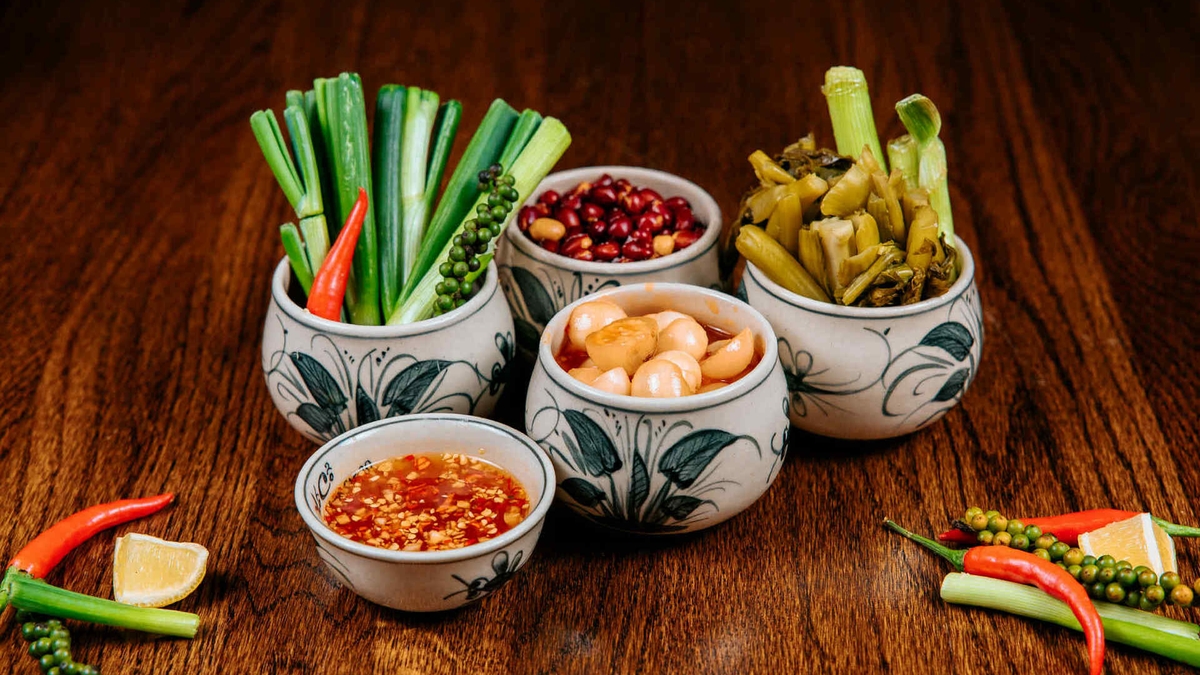

















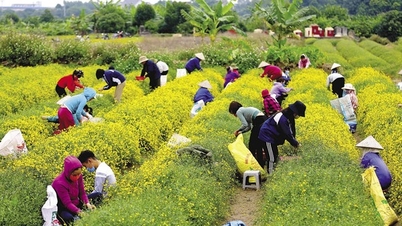


![[Photo] Highways passing through Dong Nai](https://vphoto.vietnam.vn/thumb/1200x675/vietnam/resource/IMAGE/2025/11/12/1762940149627_ndo_br_1-resize-5756-jpg.webp)















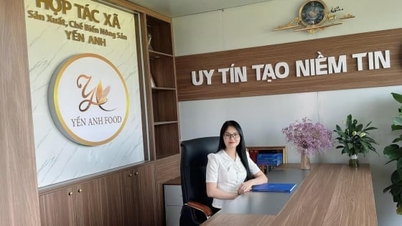






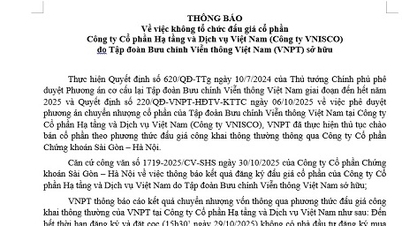






























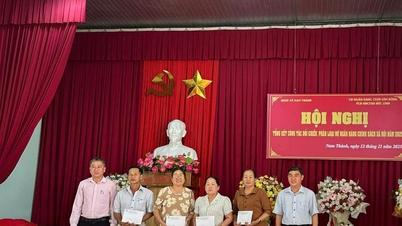













![Dong Nai OCOP transition: [Article 3] Linking tourism with OCOP product consumption](https://vphoto.vietnam.vn/thumb/402x226/vietnam/resource/IMAGE/2025/11/10/1762739199309_1324-2740-7_n-162543_981.jpeg)



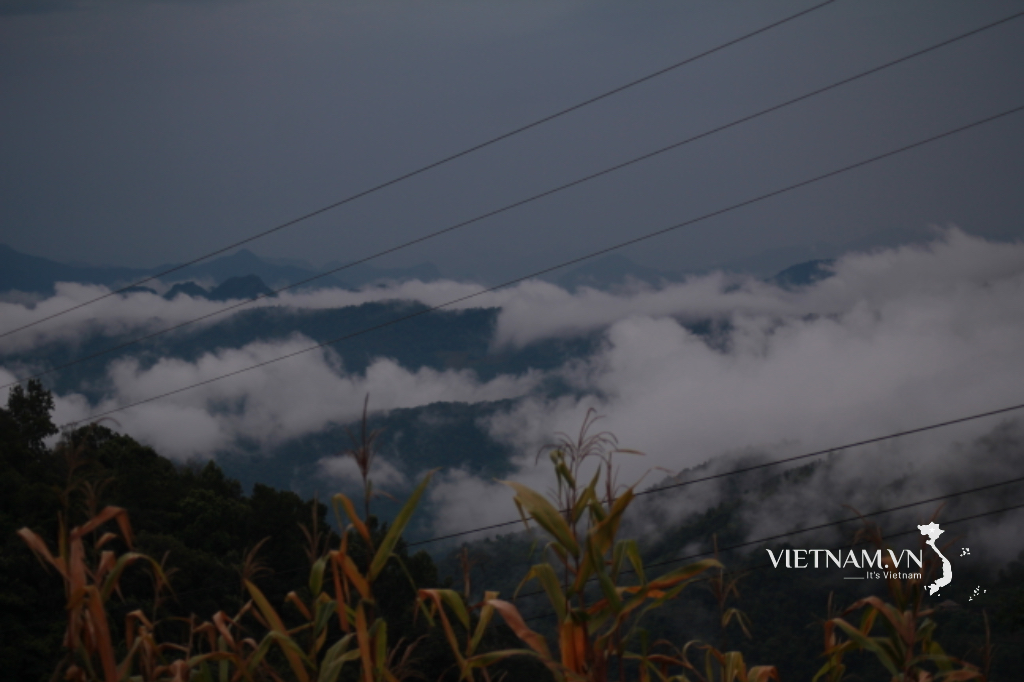



Comment (0)